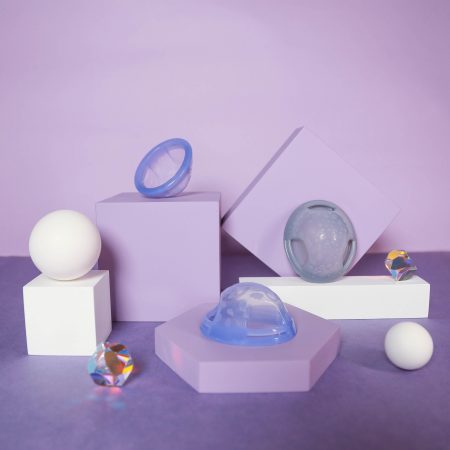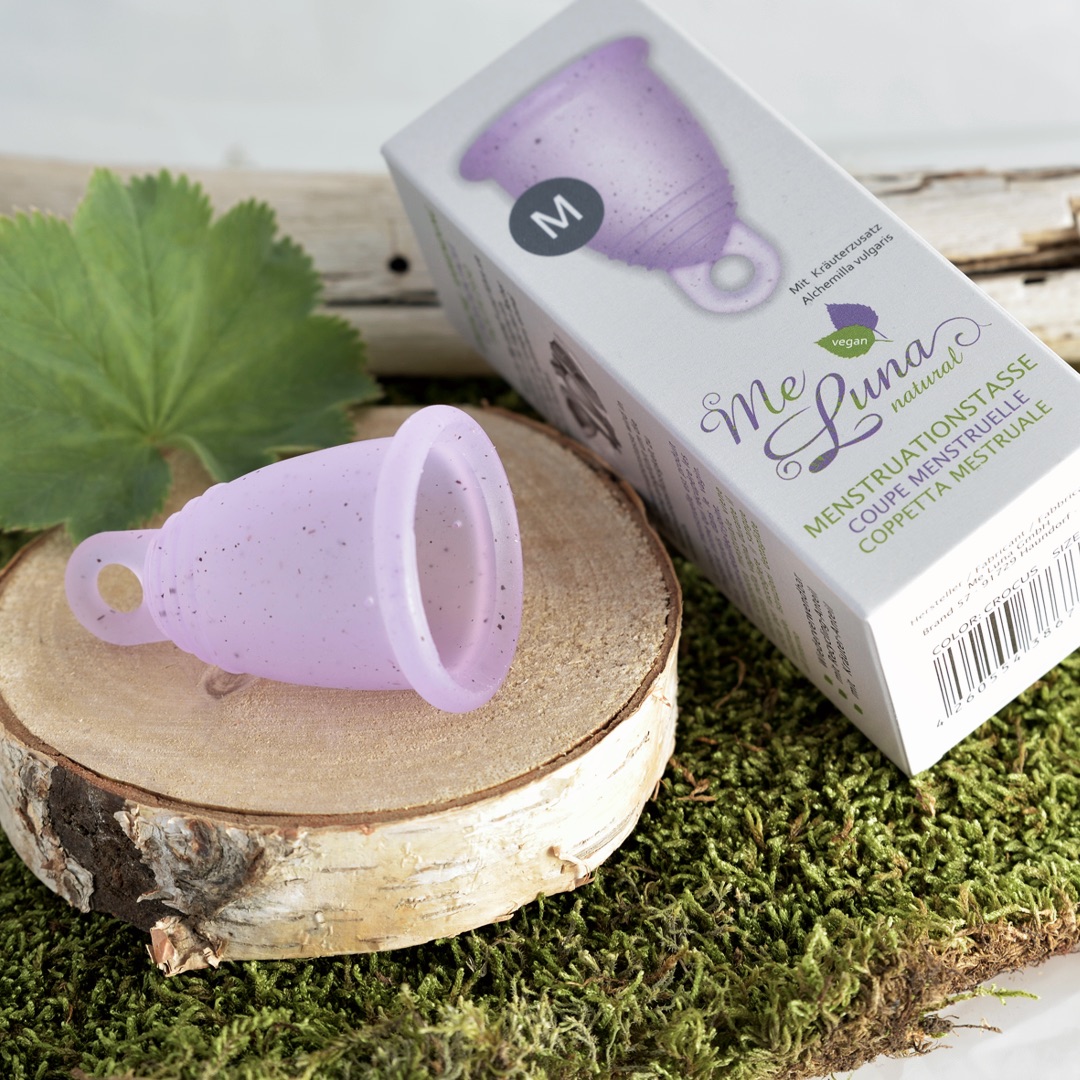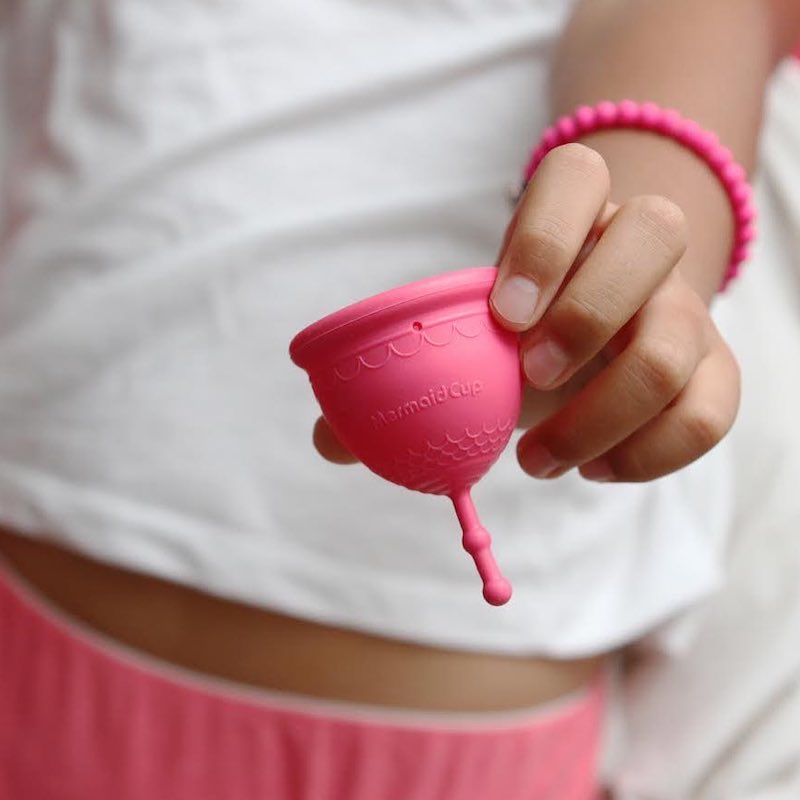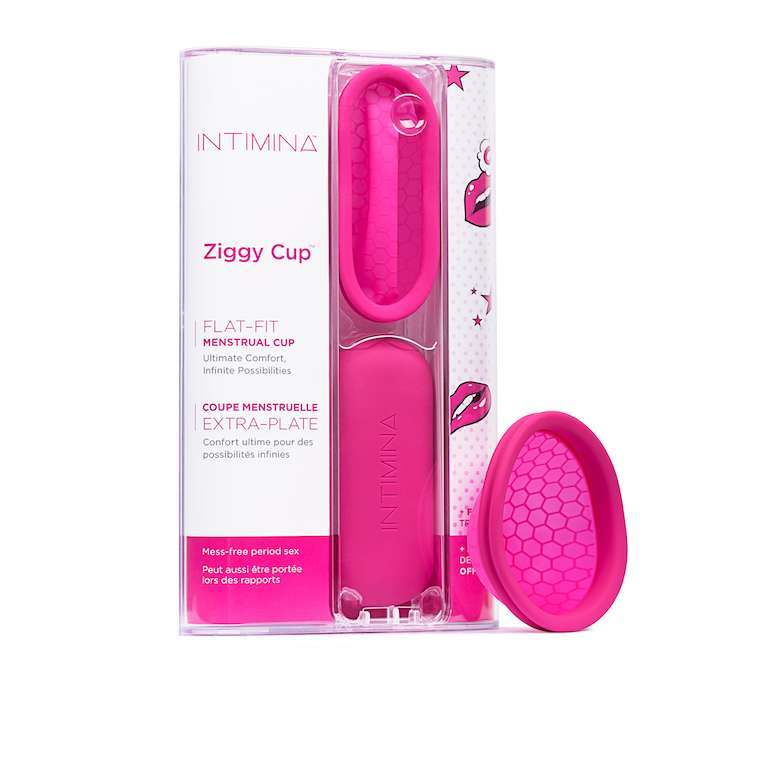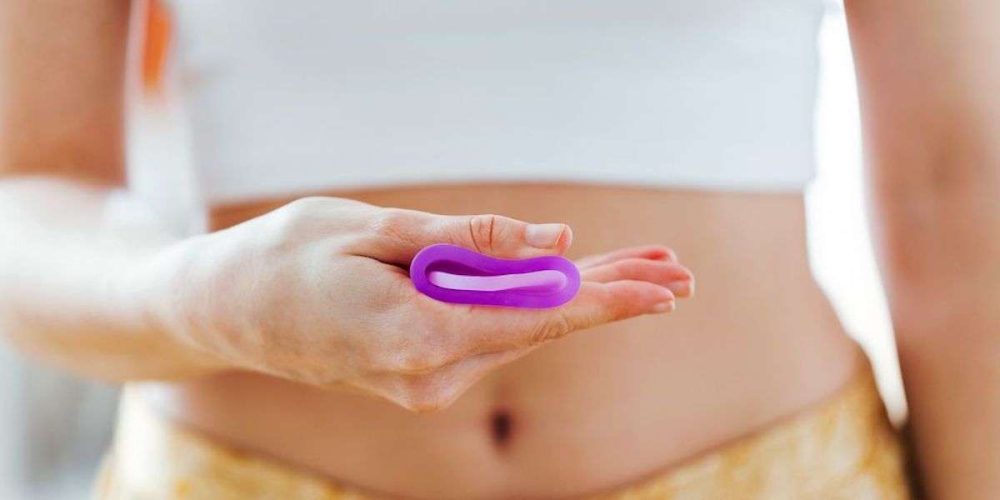Choosing the size when getting a menstrual cup is in my opinion the biggest challenge. What is a small vagina? Small how? Compare to what? It is hard to choose a size without any point of comparison.
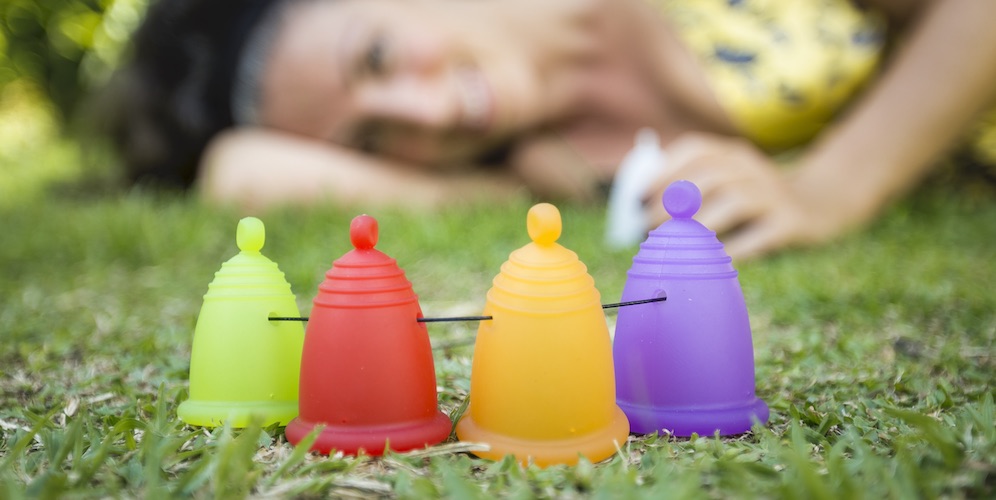
Menstrual cups have been a game-changer for individuals seeking eco-friendly and comfortable period care solutions. However, with the myriad of options available on the market, finding the right fit can be a daunting task. One key factor that should never be underestimated in the selection process is the size of the menstrual cup. In this article, we explore why size matters when choosing a menstrual cup and how it can significantly impact your comfort and overall experience.
Understanding Menstrual Cup Sizes
Most menstrual cup brands offer cups in different sizes, typically labeled as “small” and “large” or sometimes even more variations. The sizing is primarily based on age, childbirth history, and pelvic floor muscle tone, although individual variations can also play a role. Here’s a breakdown of what these sizes generally mean:
- Small/Regular Size: Typically recommended for individuals under 30 years old who haven’t given birth vaginally. It’s often considered the standard size for most premenopausal individuals.
- Large/Plus Size: This size is usually recommended for individuals over 30 years old or those who have given birth vaginally, regardless of age. It provides a larger capacity to accommodate heavier flow.
This is obviously a very general guideline that doesn’t have to be followed literally. Some brands offer a unique size, some 3 different sizes or even more. I will try to explain what factors to take in consideration to help you choose your size for an optimal fit.
You can see in details all sizes of menstrual cups on my comparison table, sort by diameter and length to see which cup is the most narrow and shorter depending on your need.
Why Size Matters?
- Comfort: A well-fitted menstrual cup should be virtually unnoticeable when properly inserted. If the cup is too small, it might not create an adequate seal, leading to leakage. Conversely, a cup that’s too large can cause discomfort or pressure against the vaginal walls.
- Seal and Leakage Prevention: The correct size ensures that the cup forms a secure seal against the vaginal walls, preventing leaks. A cup that is too large may not seal properly, and a cup that is too small may not have the capacity to handle your flow.
- Flow: The capacity of the cup is directly related to its size. If you have a heavy flow and choose a small cup, you may find yourself emptying it more frequently than desired. A larger cup can provide more hours of protection.
- Age, childbirth & Muscle Tone: Consider your age and whether you’ve given birth vaginally. These factors can provide initial guidance on which size to choose. Childbirth and pelvic floor muscle tone can affect the size you need. Individuals who have given birth vaginally may require a larger cup to accommodate changes in their pelvic floor.
- Your genital anatomy: we are all different, for example: a short cervix basically means your vaginal canal is quite short and won’t have a lot of room to accommodate a cup. And vice versa if you are quite deep and wide you’ll need a bigger cup to get a proper seal and leak-free experience.
- Trial and Error: Sometimes, finding the right size involves a bit of trial and error. It’s okay to experiment with different sizes until you find the one that fits you comfortably and provides the necessary protection.
A little side note about vaginal tonicity and how it can affect a good menstrual cup fit
May be your canal is specially narrow and/or tight. A healthy vagina should be able to contract and expand comfortably, if you are feeling it too tight to insert a cup, it’s most likely because your muscles are too clenched.
As for being “tight,” your vaginal wall muscles (aka PC muscles) are more involuntary than voluntary. Next time you go pee, start and stop your stream a couple of times. You use your PC muscles for that. Then insert a finger and give it a little squeeze. Now that you know how to tighten them, you need to learn how to RELAX them on command. You will need to do so fully for insertion and especially cup removal. Yes, get comfortable inserting things. You’ll have to “dig around down there” quite a bit, especially during the learning curve that we all had for first few time we used a menstrual cups.
Now if you feel that is not the issue and you are indeed anatomically very tiny down there, choose the smallest diameter and length of cup possible. You may also want to look at period panties as may be more convenient option in this case.
If on the other hand you are feeling a bit on the loose side due to child birth of what ever other reasons, choose a cup that has a diameter on the larger spectrum but also a rather soft silicone. A stiffer silicone may feel uncomfortable, it may compress slightly the urethra when you urinate.
If you are a virgin
There are more and more young girls virgins who use cups successfully but your hymen might make get in the way. Depending on how thick it is, how stretchy it is, how large the natural opening is, and many other variables, your hymen may or may not be the issue. And it’s possible that menstrual cup use could result in breaking it. Decide for yourself whether keeping it intact is important to you.
As for women that are virgin in their adulthood, I tend to think that it’s a bit easier as they had a few more years to explore their intimate parts regardless if it’s of sexual nature or not. Having said that, every woman is unique and you may want to check with your gynecologist about your hymen, if it is obstructing the vaginal canal, if you are experiencing pain etc. Stress will only clench your muscles even more making the insertion difficult.
There are some menstrual cups that have been specifically designed for young girls such as Lily Cup One.
In short
The size of your menstrual cup is not a one-size-fits-all matter. It’s a crucial factor that directly influences your comfort, leak prevention, and overall satisfaction with your menstrual cup. Take the time to understand your body’s unique needs and choose the size that best matches them. Remember, a well-fitted cup can make your period more manageable, eco-friendly, and comfortable.

